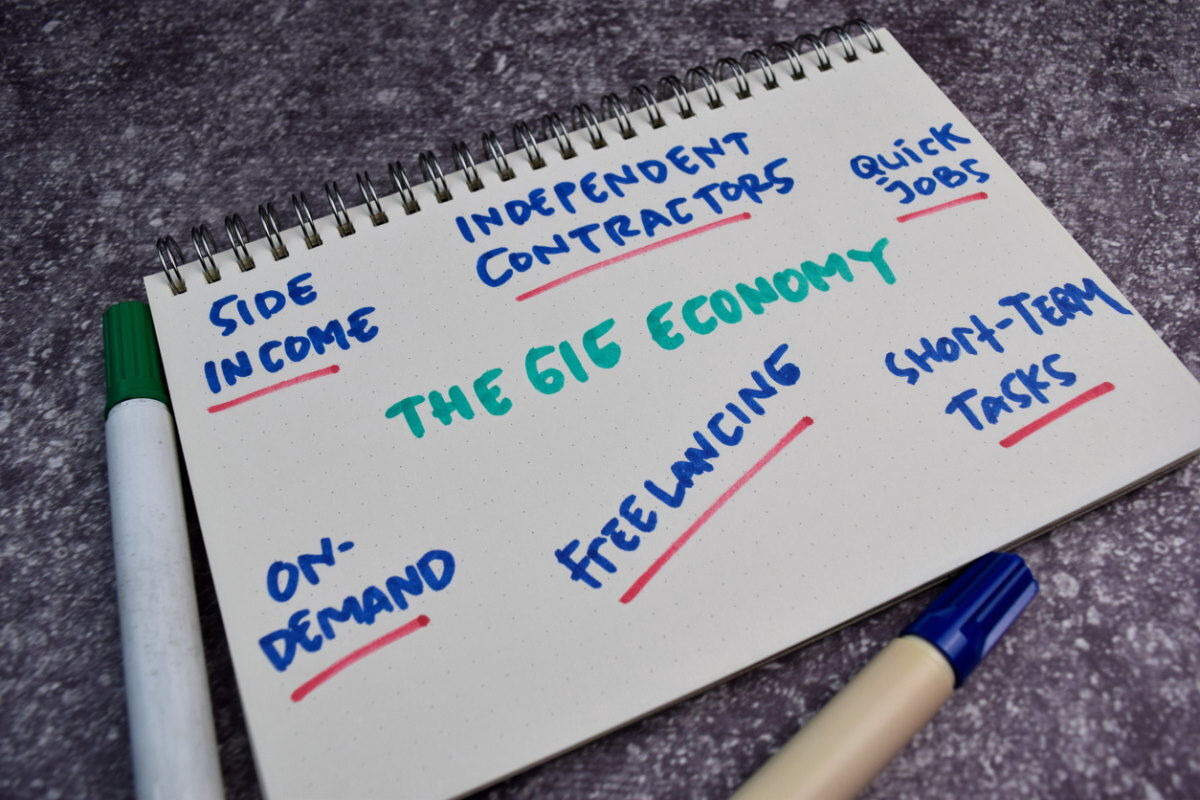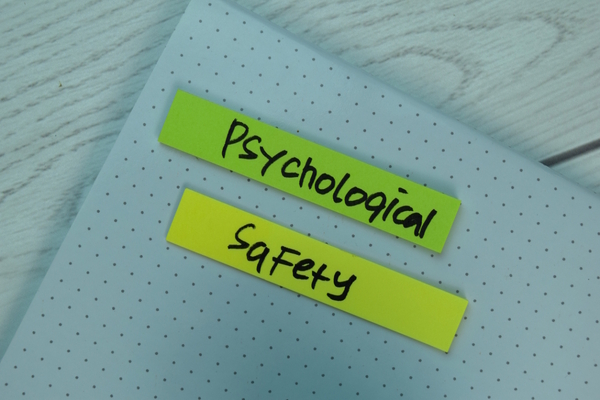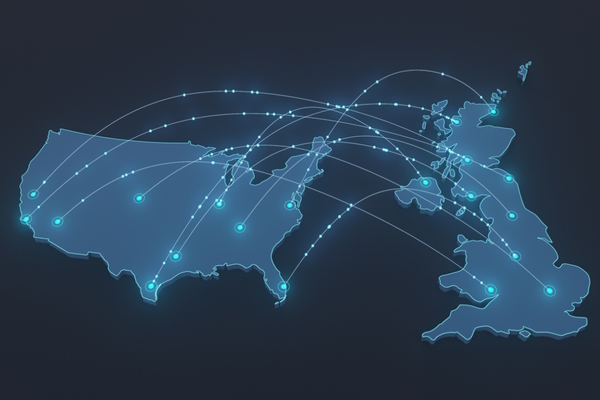Managing the rise of the white-collar gig worker

Steve Tonks at WorkForce Software argues that managing zero contract employees places new demands on workplace management
The white-collar worker’s traditional ‘suit and tie’ image often conjures thoughts of the 9-5 office executive, moving up the corporate ladder, rewarded for linear loyalty. In many ways, this stereotype is long gone. Suits have now been replaced by smart casual and corporate careers are no longer attractive ‘careers for life’.
However, a more fundamental shift is now taking place. The gig economy, perhaps most strongly associated with the rise of disruptive startups such as Deliveroo and Uber, is now taking hold within what have previously been regarded as white-collar strongholds including IT, marketing and business support.
In another strand of the so-called ‘Great Resignation’, workers seeking greater flexibility, freedom and autonomy are opting to leave traditional employment to join the white-collar gig workforce.
This is a trend which has exploded in the wake of the pandemic, with research suggesting that nearly a quarter more people decided to enter the gig economy than before Covid, with a boom in those offering computer engineering and business operations services in particular.
It is a way of working that is especially attractive to younger generations, much more at ease with the model and keen to take control of their work lives by striving to create an ideal work-life balance. Younger talent demands more flexibility – not just in terms of where and when they work, but also in the work they do and who it’s for.
This presents an opportunity for employers to enjoy the benefits of top class talent on-demand, with easier access to rich and diverse expertise. As Accenture recently highlighted, “Businesses across industries are evolving from rigid, decades-old structures to create workforces built to and for change.”
This model enables companies to adopt more agile approaches to innovation. At the same time, workers enjoy a broader range of work experiences while also taking control of flexible and lifestyle-friendly working practices.
Gig working doesn’t mean loyalty is dead
However, this new white-collar model can prove complicated to manage, especially if the organisation still relies on pre-Covid, pre-gig economy processes and systems.
The new workforce cannot be managed and engaged in the old ways. Many corporate structures are simply not built to support this new landscape, and managers are not equipped to support increasingly diverse and dispersed teams that may include employees working alongside a range of contractors and freelancers. No matter their employment status, success depends on these teams coming together.
With a third of the country engaging in gig work, and employees’ changing expectations, it is essential that company leaders re-define their approach to managing freelance employees. It is essential to provide a way to connect to gig workers and show them they are a valuable part of the business – that they are heard and valued by their managers and coworkers.
In the gig economy there is a massively high percentage of churn. After all, a bad experience will see them quickly move on to the next contract. Companies engaging gig workers cannot demand loyalty. It must be earned, and quickly.
To create better experiences for white-collar gig workers, and to ensure they can access their capability in the long term, companies must invest in consumer-grade, engaging, user-friendly and smart technologies that support these workers’ unique needs throughout their time with the organisation - whether that is hours, months or years.
With a strong tech platform rooted in a consumer-grade experience, organisations can help employees and gig workers alike feel connected to their employers through regular communications, easily assign and schedule tasks, connect to learning and wellbeing support systems.
This becomes an even greater requirement when considering bringing deskless gig workers into the mix. There are 2.7 billion deskless workers around the world, comprising over 80% of the total workforce.
And yet, companies invest less than 1% of their enterprise software spend on these workers - but they will need to change that if they want to retain them within the new gig economy.
Workplace management enters a new paradigm
As touched on, increasingly younger generations of workers will be engaged in the gig economy model. Gen Y and Z will comprise 64% of the workforce by 2025. They now expect workplaces to offer consumer-grade user interfaces, like the apps they use in their personal lives.
They will increasingly find work using such digital platforms, but will also expect their working lives to take place via technology too. Indeed 78% of employees stated that the technology provided by their employer was an important factor in choosing an employer.
There is a significant opportunity for organisations to enjoy the benefits of the new white-collar gig economy, but it is not simply a matter of signing a short-term contract. It requires a new approach to workforce management, which embraces a new culture while leveraging modern technology for more streamlined processes, enabling today’s digital workforce and supporting a new version of business.
However, while companies take advantage of on-demand talent, it is essential not to overlook the need to provide work experiences that support and engage employees. If employers do not respond to the needs of their employees, these disgruntled workers will likely join their gig counterparts, taking valuable experience and knowledge with them.
With workers resigning in search of a better work/life balance, higher pay, and more flexibility, organisational resilience requires that they are made to feel heard, valued, engaged, and productive. Improving employee experience across diverse teams requires holistically shifting mindsets and values.
In addition, workforce management processes must be adapted to generate long-term sustained change that benefits not only the organisation but also employees - no matter how they come to be part of your team, or for how long.
Steve Tonks, SVP EMEA at WorkForce Software
Main image courtesy of iStockPhoto.com

Business Reporter Team
Most Viewed
Winston House, 3rd Floor, Units 306-309, 2-4 Dollis Park, London, N3 1HF
23-29 Hendon Lane, London, N3 1RT
020 8349 4363
© 2025, Lyonsdown Limited. Business Reporter® is a registered trademark of Lyonsdown Ltd. VAT registration number: 830519543





